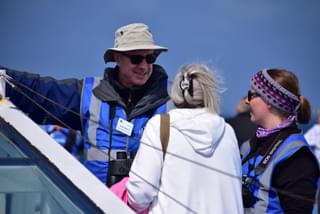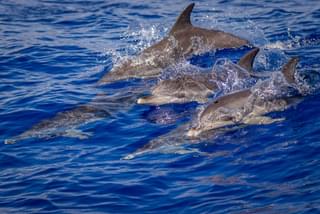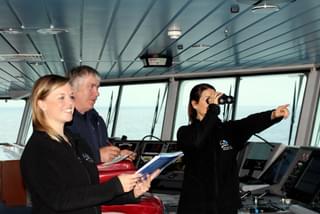Common minke whale
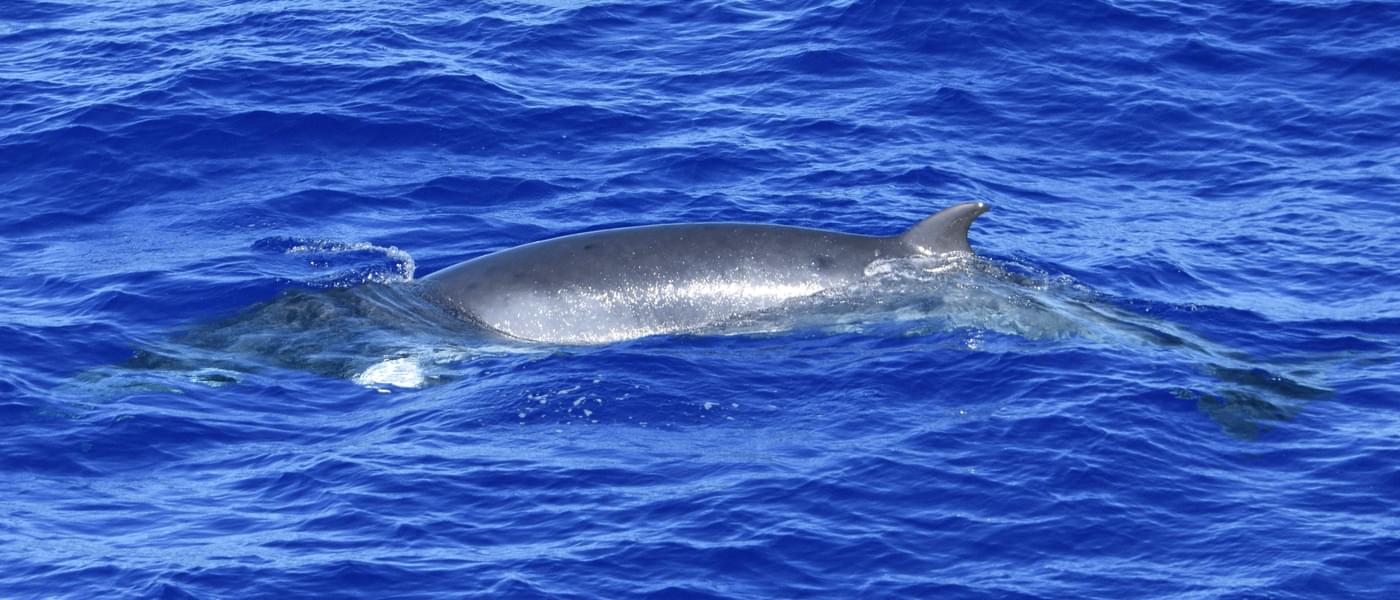
Balaenoptera acutorostrata
7 - 10m
Grey
Baleen
Dorsal fin
Minke whales are the smallest of the rorqual whales. The name rorqual refers to the folds of skin under the lower jaw that allows the mouth of the whale to expand when it takes in large amounts of water for food. Overall, the minke whale has a dark dorsal fin and a white underbelly with a grey “smoky” pattern on its flanks. If spotted breaching, or close to the vessel, minke whales can typically be distinguished by the white band on both of their pectoral fins. They have a small sickle-shaped dorsal fin, two-thirds of the way down their back which can be seen at the same time as the blow hole.
Key Features:
- Small, weak blow, rarely visible
- Tall hook-shaped dorsal fin
- White striped on pectoral fins
- Fast, distinctive surfacing sequence
Behaviour
Minke whales are typically seen on their own or in groups of 2 individuals, however, larger groups can be seen in feeding areas. When they surface, the blow hole and dorsal fin are seen at the same time. The minke whale lunge feeds, a process where they move fast through the water, turn on their side and come out of the water scooping up their prey as they go. Short, bushy blow that dissipates quickly, only visible at close range.
Threats
Minke whales are one of many species which have been put under threat by commercial whaling, their name even originated from an 18th century Norwegian whaler. They were commercially hunted by a number of countries until the 1980's. However hunting of minke whales continues today by Japan, Iceland and Norway. Japan catch whales for “scientific research” then commercially process the whale carcasses after the research has taken place. As well as whaling, other threats which impact all cetaceans are pollution, reduction of prey by over fishing and bycatch apply to minke whales. There have also been numerous records of ship collisions causing fatalities of minke whales in UK waters.
Distribution
Although the minke whale is distributed worldwide there are three geographically isolated populations; North Pacific, North Atlantic and southern hemisphere. Those in the North Atlantic are typically isolated to the shallower waters over the continental shelf. It is the most abundant Rorqual whale in European waters.
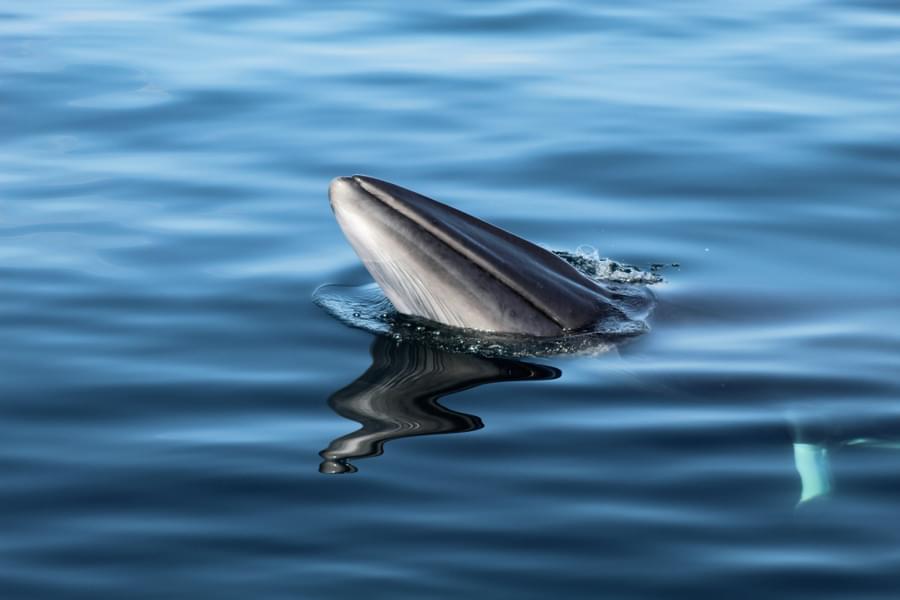
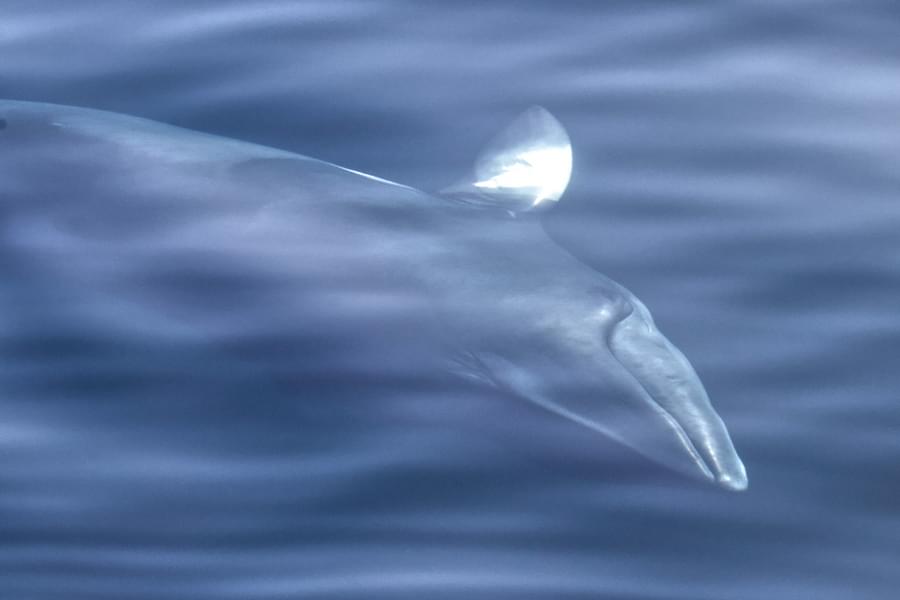
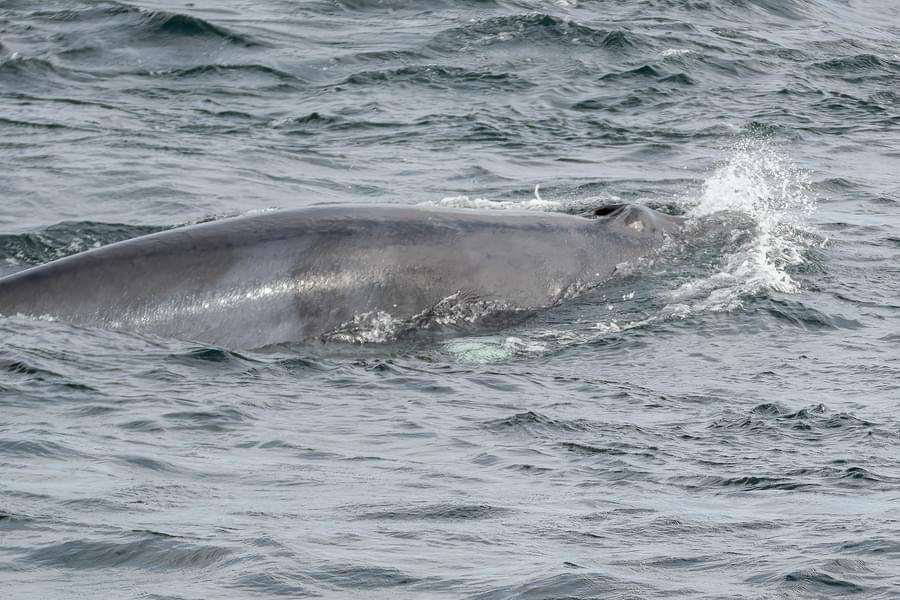
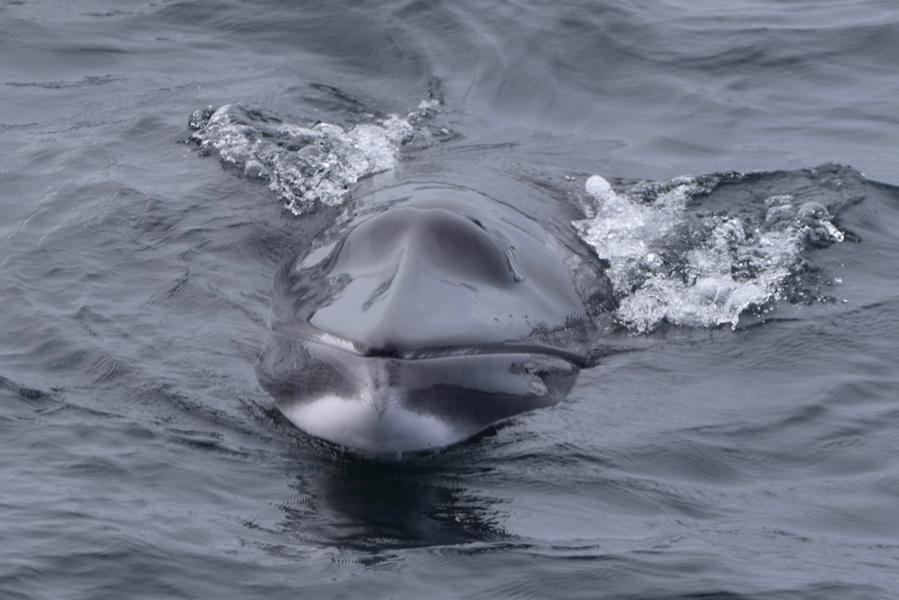
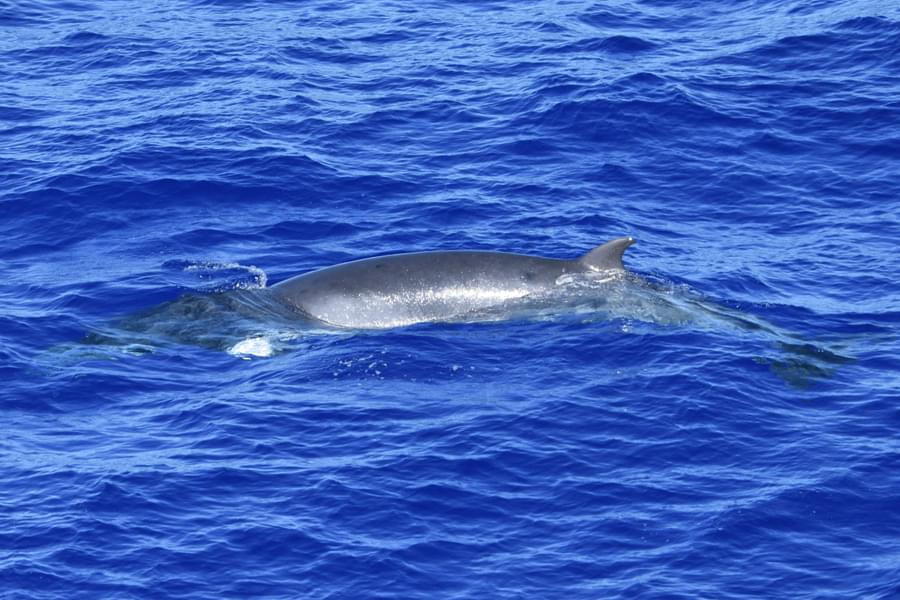
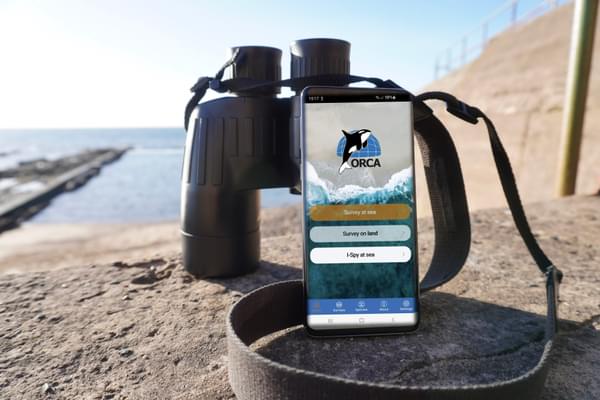
Study whales and dolphins as an ORCA OceanWatcher
The ORCA OceanWatchers online training course, along with a bespoke app, will enable everyone to collect data about whales, dolphins and porpoises. And it can be collected from anywhere that you can see the sea - whether that’s from your local beach, on holiday at the coast, scanning the seas from a cruise ship, travelling via ferry, or from your own boat.
You may also be interested in

